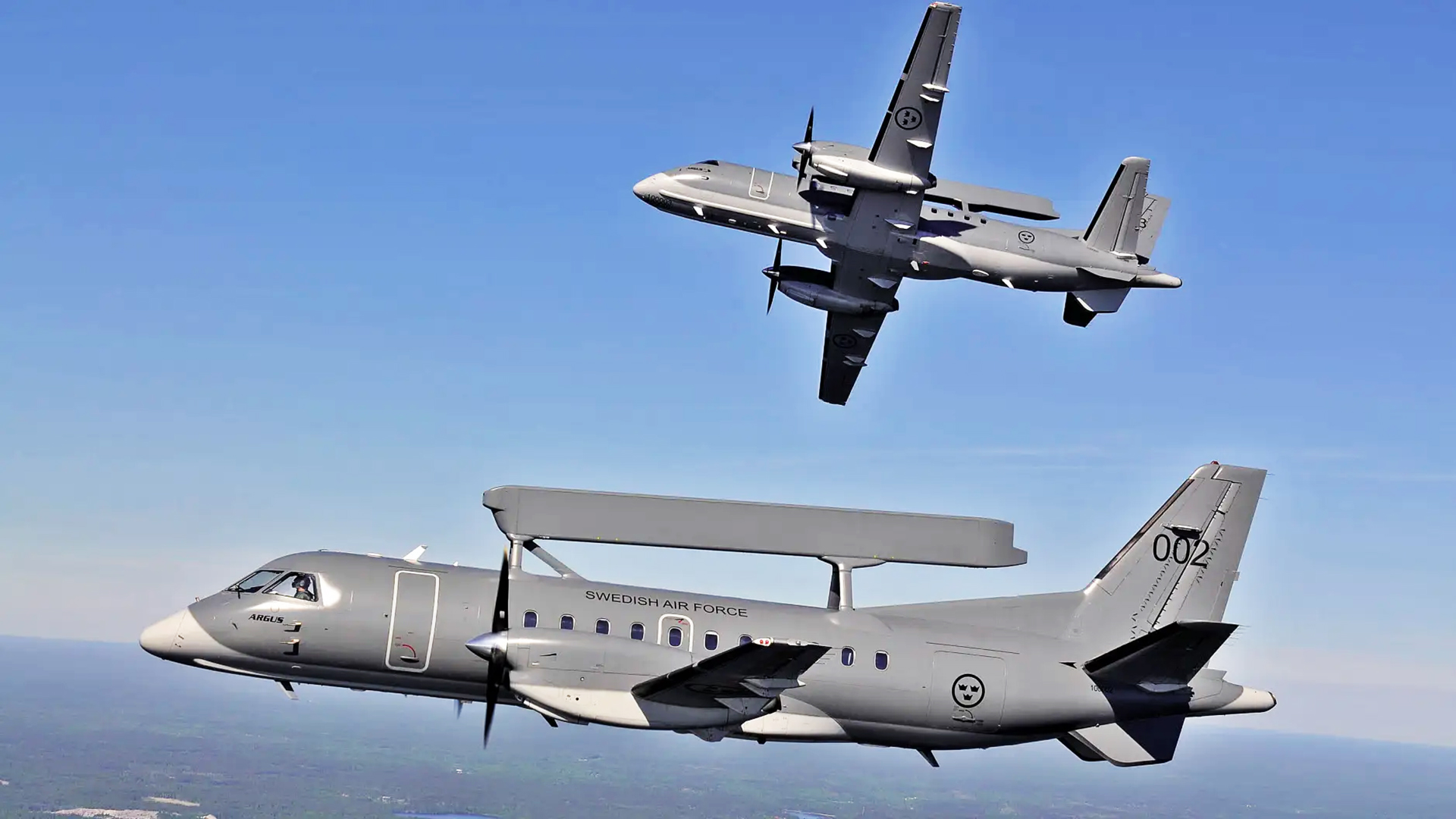In a major new development for the Ukrainian military, Sweden is to provide it with two Saab 340 airborne early warning and control (AEW&C) aircraft equipped with Erieye radar. The donation is part of Sweden’s biggest military aid package for Ukraine so far and the aircraft will bring an entirely new capability for the Ukrainian Air Force, providing much-enhanced air and sea surveillance and while working as a big force multiplier for its forthcoming F-16 fighters.
The Swedish government today announced details of what it calls Military Support Package 16, worth around $1.25 billion and focused on “collective air defense.” At the core of this is the Saab 340 AEW&C aircraft — which is known in Swedish military service as the ASC 890 and alternatively as the S 100D Argus. The Swedish Air Force operates two of these aircraft and the wording of statements from Swedish and Ukrainian officials suggest that both will be provided to Kyiv, although this is so far unconfirmed.
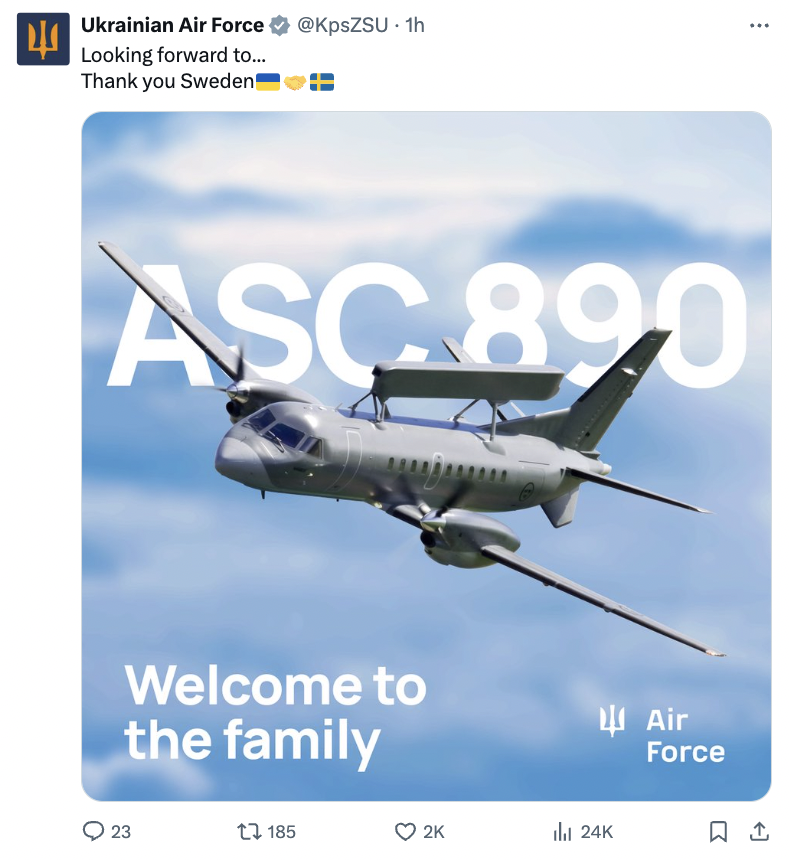
A delivery date for the transfer to Ukraine has not been announced.
“Ukraine’s needs remain immense, and Russia is currently putting pressure on several fronts, intensifying its airstrikes against both military and civilian objects,” the Swedish government notes. As well as the AEW&C aircraft, support for air defense includes AIM-120 Advanced Medium-Range Air-to-Air Missiles (AMRAAMs), known in Sweden as the Rb 99, which can be used to arm Ukraine’s National Advanced Surface-to-Air Missile System (NASAMS) ground-based air defense systems as well as the forthcoming F-16s.
Outside of air defense, the arms package includes the transfer of the entire stock of Swedish Pbv 302 tracked armored personnel carriers, 155mm artillery ammunition, and support for equipment that was transferred previously.
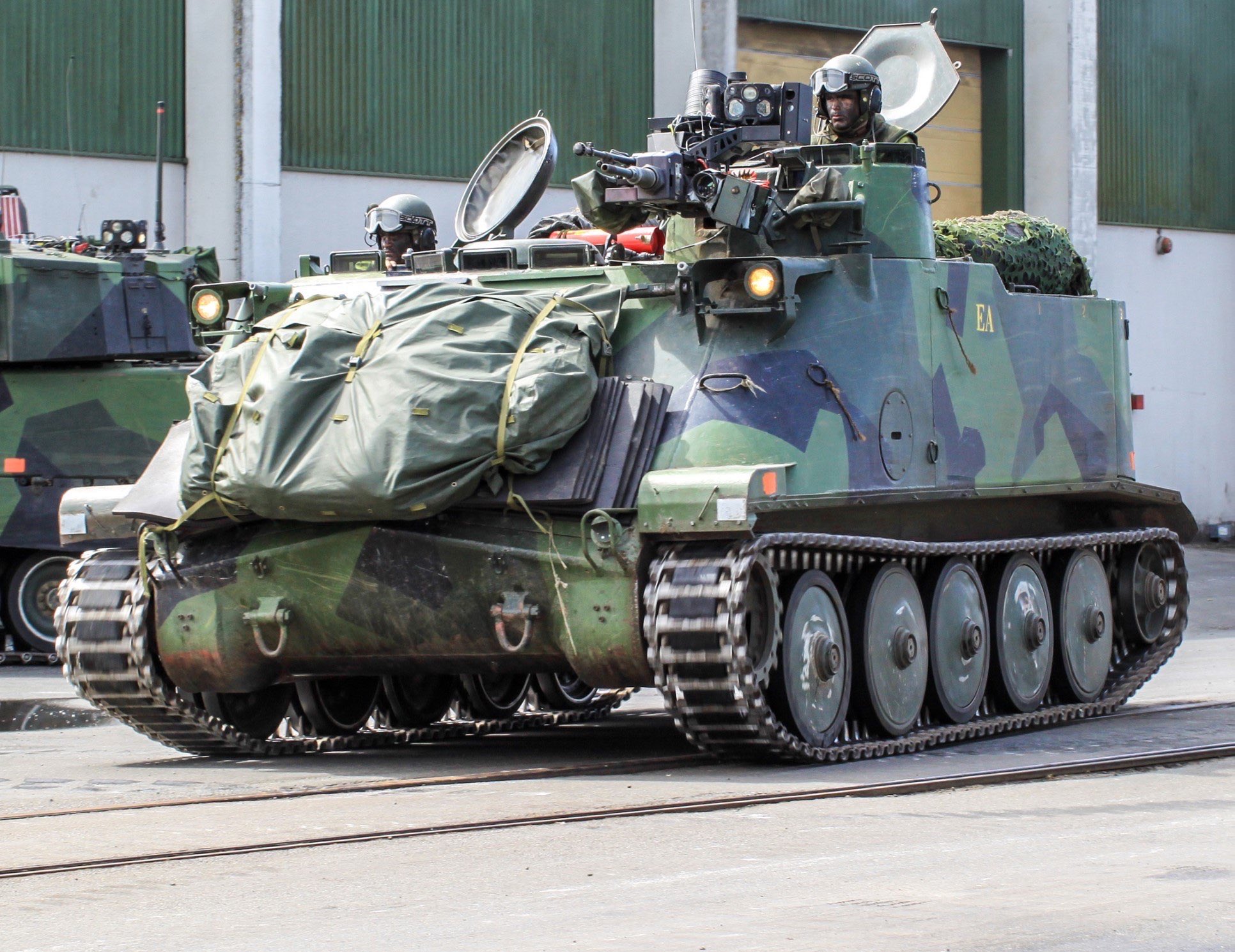
As for the Saab 340 AEW&C aircraft, this “will provide Ukraine with a completely new capability against both airborne and maritime targets,” the Swedish government says. “Ukraine’s capability to identify and engage targets at long range will be strengthened. The package will also include a holistic solution that involves training, technical equipment, and methodological support for air surveillance and command and control.”
In a statement on X, Swedish Minister of Defense Pål Jonson added that “Ukraine’s command and control capability will be strengthened … through a donation of terminals with subscriptions for satellite communications.”
Currently, the Swedish Air Force operates only two Saab 340 AEW&C aircraft, which means it will be one or both of these that are transferred directly to Ukraine.
To fill the gap left by their departure, Sweden is now accelerating the deliveries of their planned replacement, two S 106 GlobalEye aircraft, which are based on the Global 6000 bizjet airframe and the improved Erieye ER radar. The government announced today that it will also order a third GlobalEye to enhance its own surveillance capabilities.
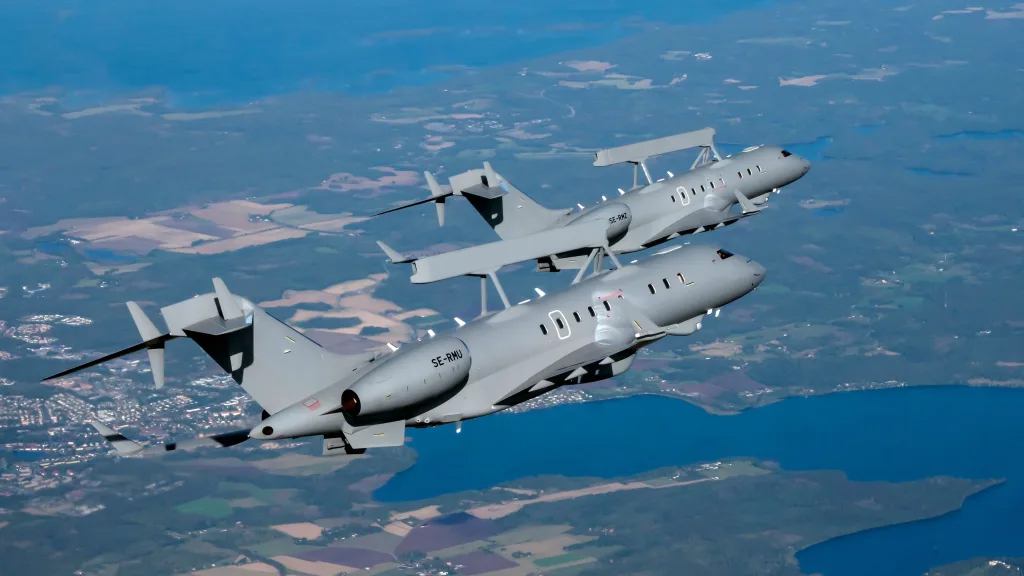
As defense exports, the Swedish Air Force has already offloaded two Saab 340 AEW&C aircraft to Thailand, and another pair recently were sold to Poland, having previously been operated by the United Arab Emirates.
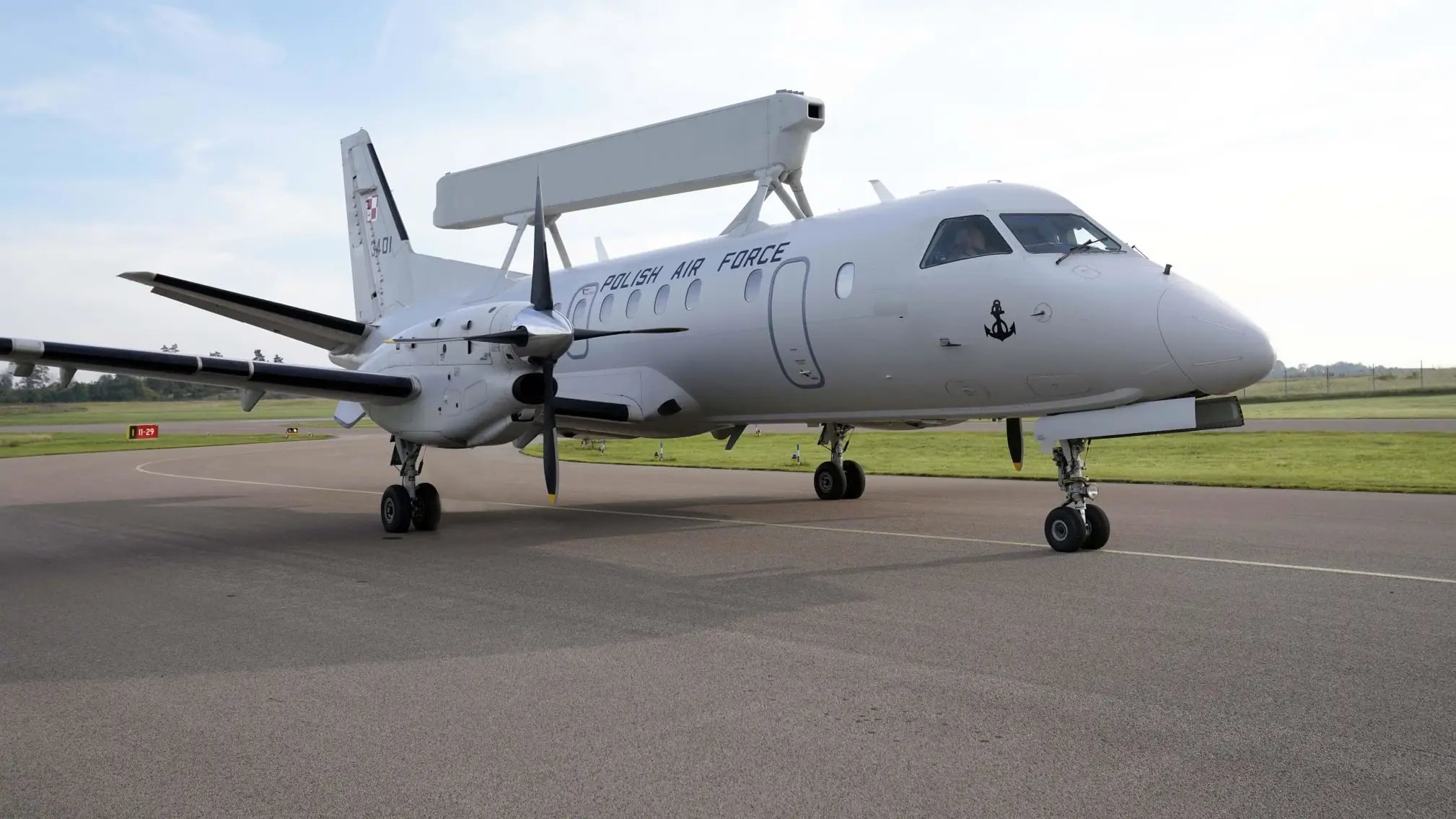
When the aircraft first entered Swedish service they were in an austere configuration known as FSR 890, with all radar data being downlinked to ground stations. Starting in 2009, the aircraft were upgraded to ASC 890 standard, which adds operator consoles for three mission crew: a mission control officer, a combat control operator, and a surveillance operator.
The characteristic ‘balance beam’ radar fairing on the upper fuselage of the aircraft carries the Saab (previously Ericsson) Erieye active electronically scanned array (AESA) radar. This can detect a variety of air and sea targets at ranges of up to around 280 miles, with the aircraft typically operating at an altitude of 20,000 feet. Reportedly, the AESA system can track up to 500 surface and 1,000 airborne targets simultaneously.

With plenty of taskings over the Baltic Sea, primarily to monitor Russian military activity, the Saab 340 AEW&C aircraft have long been identified for replacement, leading to the selection of the higher flying and more advanced GlobalEye. Back in 2017, it was reported that the Saab 340 radar planes would be structurally sound until 2030. With that in mind, transfer to Ukraine makes sense for Sweden, although it will face something of an ‘AEW&C gap’ before the GlobalEye arrives. Still, with Sweden now part of NATO, the alliance can help fill that gap.
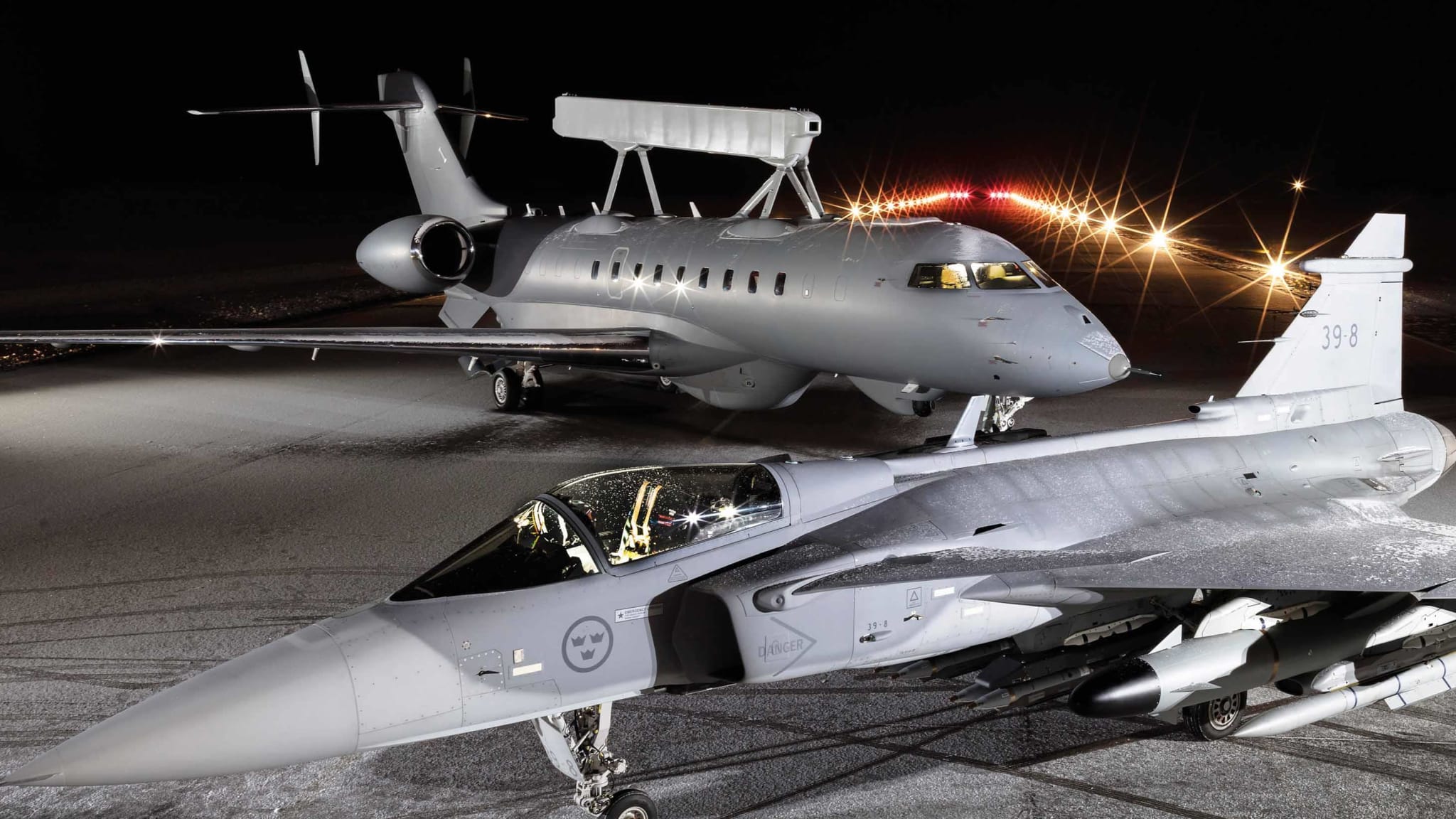
For Ukraine, an AEW&C aircraft capability is of huge significance.
Compared to ground-based radar systems, the airborne Erieye radar offers a much more useful ‘lookdown’ capability. This ability to peer down from above, less encumbered by line-of-sight limitations of terrain, is especially useful for detecting low-flying Russian drones and cruise missiles, which can otherwise remain unseen or at least hard to track and engage due to their lower operating altitudes and small signitures. Just the benefits in battlespace awareness this aircraft can provide in this application alone are immense considering the constant threat of Russian long-range kamikaze drones and cruise missiles that have battered Ukraine for years.
Once F-16s are available to Ukraine, the Saab 340 AEW&C will be able to work as a fighter control asset, detecting targets, prioritizing them, and then assigning them to the fighters for interception. The same data can, of course, also be passed on to other air defense assets. However, the F-16 and Western-supplied ground-based air defense systems are most relevant in this regard, since the radar plane is fitted with the NATO-standard Link 16 datalink communications system.
Link 16 will allow the operators onboard the twin-turboprop Saab 340 AEW&C aircraft to provide a real-time air defense ‘picture’ and targeting data to compatible systems in the air and on the ground, essentially filling a critical node in a modern integrated air defense system (IADS).
Later versions of the Erieye radar have a synthetic aperture radar and ground moving target indication (SAR/GMTI) capability, although it’s not clear if the older aircraft being provided to Ukraine will have that option. SAR allows for highly detailed image-like mapping of the ground at standoff ranges. This can be used for intelligence gathering and targeting purposes. GMTI works to detects and track movements on the ground over time, which is a huge advantage for watching for Russian mechanized actions along the front.
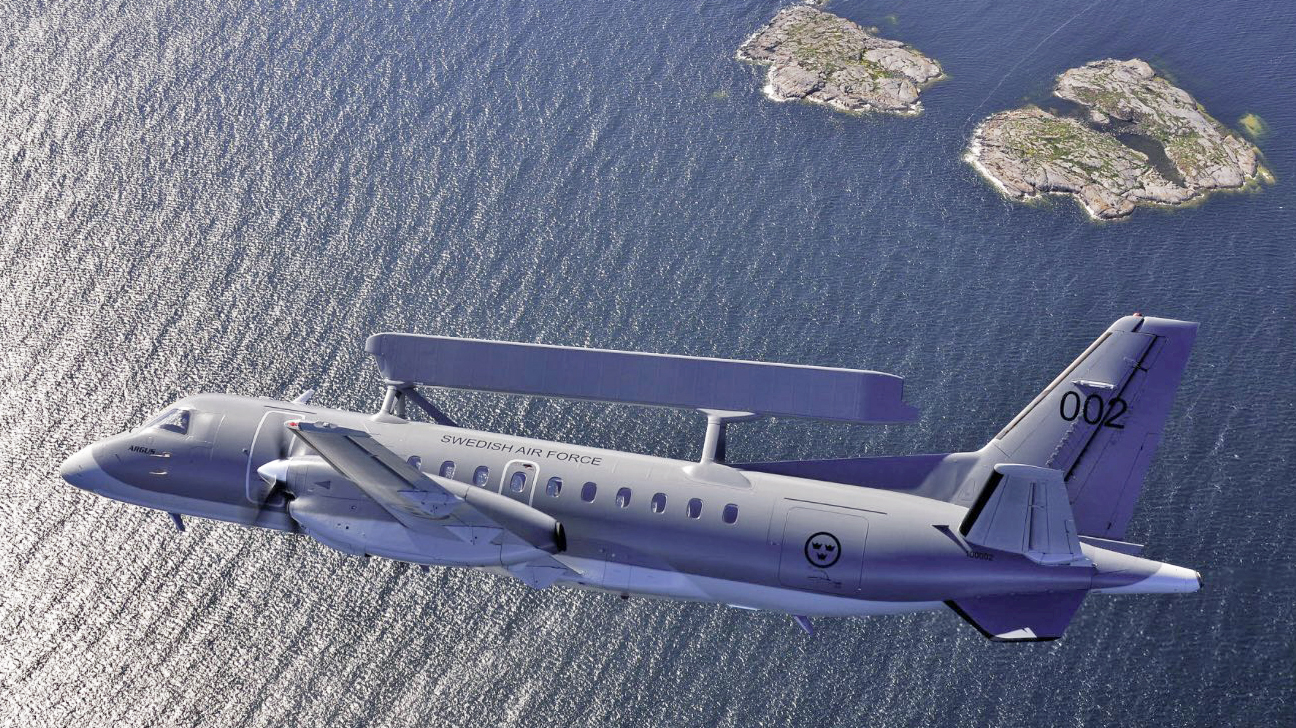
Even without it, the Saab 340 AEW&C aircraft will be able to detect and track maritime targets, including ones as small as rigid inflatable boats at up to 100 nautical miles. This could be of particular relevance as Ukraine continues its campaign against the Russian Black Sea Fleet, especially in the waters around Crimea.
The value of the aircraft to Ukraine as a force multiplier as well as an early-warning platform will make it a very high-priority target for Russia. The same has been true for Russia’s AEW&C aircraft fleet, which has been successfully targeted by Ukraine on more than one occasion.
With an array of long-range surface-to-air missiles and air-to-air missiles at Russia’s disposal, the operating tactics of the Ukrainian Air Force will have to be very carefully considered. Most likely, the aircraft will be based in the far west of Ukraine, probably moving from airfield to airfield to reduce vulnerability to airstrikes. Even in the air, this aircraft will need to be protected. Having only two aircraft available means that round-the-clock coverage will be impossible, but Ukraine may well adopt Swedish tactics which involve having one aircraft on permanent ground alert, ready to scramble as required in under 30 minutes. Otherwise, they could be airborne for specific integrated operations and during times of high-vulnerability.
Since before Russia’s all-out invasion began, NATO and other allies, including Australia, has been flying AEW missions constantly along the border of Ukraine, Russia, and Belarus. Due to line-of-sight and range limitations, these operations can only do so much. Pushing AEW capability into Ukraine is a major development that will be hugely beneficial for Ukraine and NATO’s intelligence picture of the battlespace.
So far in this conflict, Ukraine has shown that it’s more than able to integrate Western equipment and use it in novel ways, while Ukrainian Air Force assets have survived against the odds, despite being at an overwhelming numerical and technological disadvantage and with repeated strikes against their operating bases.
It will be very interesting, to say the least, to see how Ukraine employs its forthcoming Saab 340 AEW&C aircraft and how this factor, in turn, expands the capabilities of its air defenses, and its F-16s in particular.
Contact the author: thomas@thewarzone.com
